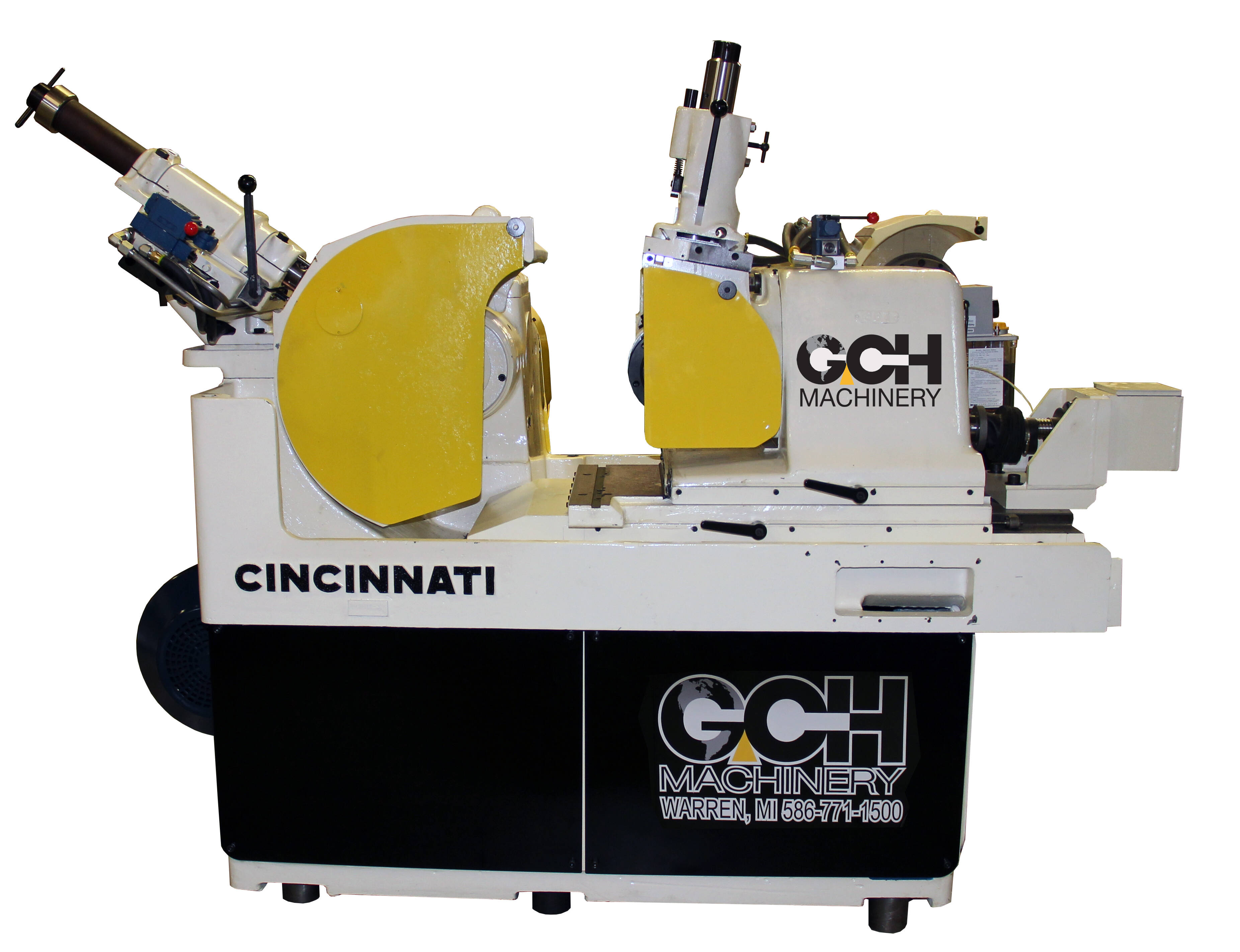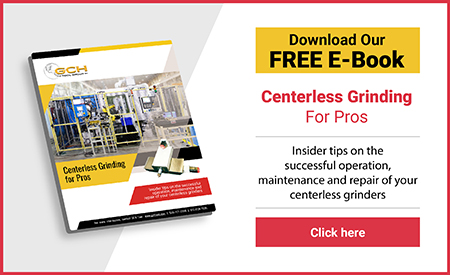How to Prevent and Avoid Grinding Burn, Cracks, Chatter and Other Defects

Grinding is a vital process for manufacturing and finishing precision parts, but some grinding machines and accessories can cause unwanted errors and defects during the grinding process. These errors can result in poor quality, reduced performance and increased costs. Hence, it is important to know how to prevent and avoid grinding burn, cracks, chatter and other defects that can affect your grinding quality and efficiency.
Explaining Grinding Burn, Chatter, Cracks and Other Defects
Grinding Burn
Grinding burn is a term used to describe the tempering of the case-hardened surface during the manufacturing process when control of the heat generation at the surface is lost. The excessive heat generated while grinding can cause the workpiece’s surface to be damaged or hardened.
Burns do not only affect the integrity and quality of the workpiece, but they can also shorten the life of critical grinder components. Grinding burns can be caused by many factors, including an insufficient supply of cooling lubricant to the grinding zone, high material removal rate and wrong wheel selection.
Chatter
Grinding chatter is a vibration between the grinding wheel and the workpiece during the grinding process. One of the problems with chatter is that it is not easily noticeable, unlike cracks or discoloration. Most times, they are noticed when inspecting the parts.
Chatter could be caused by many factors, such as the interaction of the grinding wheel and the workpiece, the grinding wheel being out of balance or the workpiece being out of round.
Cracks
Grinding cracks are another defect common in grinding machines. Cracks occur due to excessive heating of the workpiece surface during the grinding process. It is primarily caused by using poor-quality glazed grinding wheels, insufficient coolant supply and an excessive feed rate during material removal.
Grinder cracks mostly appear on the surface at a right angle to the direction of the grinding wheel rotation, making them easily identifiable.
Other Defects
Other defects that can occur during grinding include:
- Grinding cut too heavy
- Poor wheel dressing
- Wheel out of balance
- Regulating wheel too close to grinding wheel
- Work not parallel to holding fixtures
How to Prevent and Avoid Grinding Burn, Chatter, Cracks and Other Defects
There are several methods and techniques that can help prevent and avoid grinding burn, chatter, cracks and other defects during grinding. Some of these methods include:
- Choosing the right grinding wheel for your application
- Dressing the grinding wheel properly
- Using adequate coolant during grinding
- Adjusting the grinding parameters according to your requirements
- Inspecting your machine and accessories
- Testing and evaluating your grinding quality and efficiency
Essential Parts, Accessories, and Components to Prevent Grinding Burn, Chatter, Cracks and Other Defects
- Grinding wheel: A grinding wheel removes material from the workpiece surface. It should be chosen according to the material, hardness, shape, size, finish and type of the workpiece and the grinding operation.
- Dressing tool: This shapes and sharpens the grinding wheel by removing the dull or loaded grains from its surface. It can improve the cutting performance, wheel life, surface finish, heat generation and defect prevention.
- Coolant: The fluid that cools and lubricates the grinding wheel and the workpiece during grinding is known as the coolant. The right coolant can reduce friction, heat, chips, thermal damage, wheel wear and loading.
- Grinding parameters: The grinding parameters are the variables that control the grinding process, such as speed, feed, depth of cut and direction of cut. They should be adjusted according to the requirements of the workpiece and the grinding operation to optimize the quality and efficiency of grinding.
- Machine and accessories: Equipment such as spindle, bearings, tables, chuck, fixtures, guards and sensors can support the grinding process. They should be inspected and maintained regularly to ensure their proper functioning and avoid vibration or instability during grinding.
Partner with GCH Tool Group for Reliable Grinding Solutions
When it comes to preventing and avoiding grinding burn, chatter, cracks and other defects, having the right partner by your side can make all the difference. GCH Tool Group is a trusted name in the industry, offering a wide range of grinding machine parts, tooling and upgrades to optimize your grinding operations.
Our team of experienced professionals understands the intricacies of grinding processes and can provide customized solutions to enhance your productivity and minimize defects.
Grinding defects can be frustrating. However, when you pay attention to the essential parts and components of your grinder and follow the expert suggestions in this article, you can save yourself a lot of stress and boost your grinding machine efficiency.
Contact GCH Tool Group and upgrade your grinder machine today!

